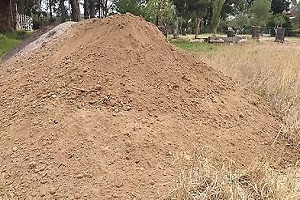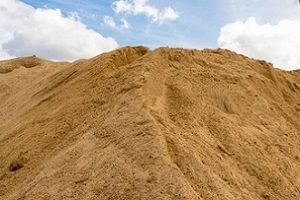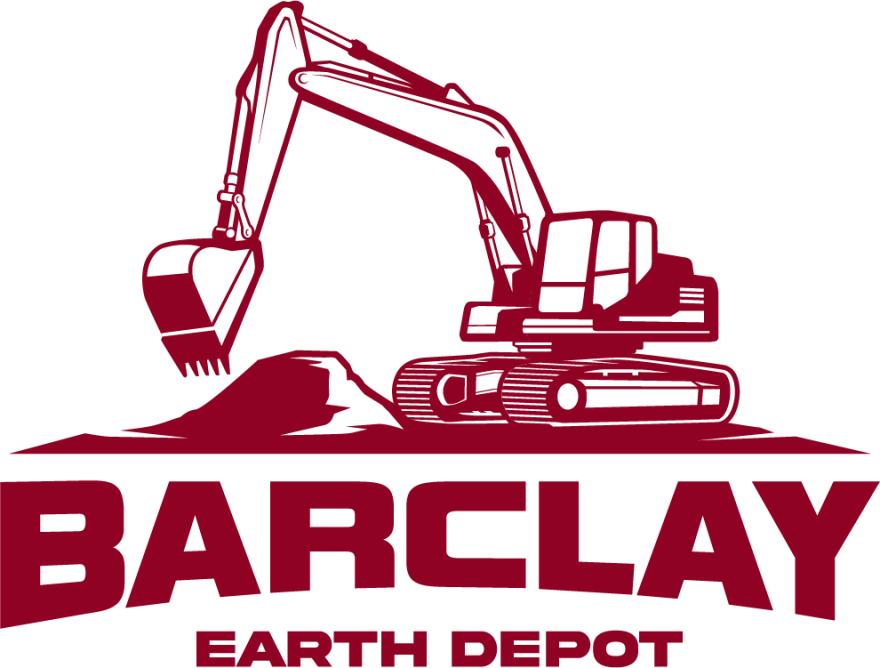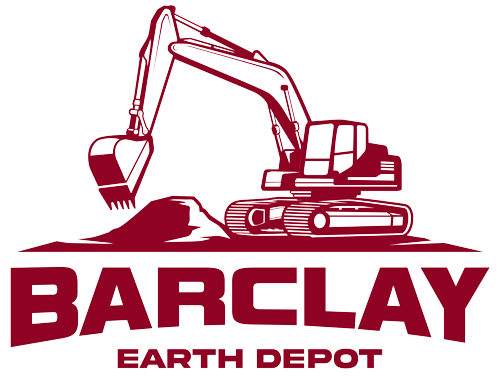 When planning landscaping and gardening projects, choosing the right type of fill dirt is essential for achieving the desired result. Screened and unscreened fill dirt both have specific characteristics that can make or break a project.
When planning landscaping and gardening projects, choosing the right type of fill dirt is essential for achieving the desired result. Screened and unscreened fill dirt both have specific characteristics that can make or break a project.
To help you decide which option is best for your job, here are some of the most important differences between screened and unscreened fill dirt.
What is Screened Fill Dirt?
Screened fill dirt refers to fill dirt that has been pre-sorted and carefully processed. The resulting material is composed only of small particles, typically free from larger pieces and rocks. This ensures a smooth texture when applied, providing optimal conditions for soil permeability.
This is a great choice for applications where additional soil retention and stability are needed. Because this type of fill dirt consists of only small particles, it is ideal for landscaping projects. Screened fill dirt can be easily spread out over large areas and provide an even surface. Because the particles are smaller, there is less risk that heavy elements will settle unevenly during the application process.
Screened fill dirt also requires less maintenance than unscreened; there is no need to mix the material more frequently to prevent settling. With this type of material, plant growth can be promoted due to the enriched mineral content contained within and encourages healthy root development creating a more successful project.
What is Unscreened Fill Dirt?
The material of unscreened fill dirt contains materials of all sizes, making it optimal for embankments, slopes, and other areas where greater stability may be needed. In comparison to screened fill dirt, which is only composed of small particles, unscreened fill dirt may provide the best results in certain scenarios, including leveling areas or increasing the foundation of planting beds.Though it is important to research the condition of the soil before selecting either option.
The Most Important Differences Between Screened & Unscreened Fill Dirt
In order to make the best decision for the unique needs of your project, here are the most important differences between these two materials:
 Screened fill dirt is composed of only small particles and is free from larger materials and rocks, making for a smoother texture.
Screened fill dirt is composed of only small particles and is free from larger materials and rocks, making for a smoother texture.- Screened fill dirt typically requires less maintenance than unscreened, which may need to be mixed more frequently.
- With screened fill dirt, there is less risk that heavy elements will settle unevenly during projects such as landscaping.
- Unscreened fill dirt consists of materials of all sizes, making it ideal for embankments and other areas requiring greater stability.
- Unscreened fill dirt is suited for filling low or uneven areas and for raising up planting beds that will be topped with a surface of topsoil.
- Unscreened fill dirt can aid in projects where moisture retention is needed.
Before selecting screened or unscreened fill dirt, it is important to research soil conditions to make sure the right choice is being made. If you are still unsure, look for a reputable provider to give guidance on your choice.
Use Cases for Screened and Unscreened Fill Dirt
Screened and unscreened fill dirt are commonly used for a variety of applications.
Screened fill dirt is often used for landscaping projects such as filling in low spots or creating pathways. Its main uses include:
- Creating level spots in yards or gardens
- Leveling ground before laying sod or seeding grass
- Filling in low spots on driveways or walkways
- Building berms, flower beds and garden paths
- Improving drainage around homes and other types of buildings
Unscreened fill dirt, on the other hand, is more ideal for construction projects. It is often packed down to provide a stable base for sidewalks, driveways or foundations. Its main use cases include:
- Creating a stable base for driveways and sidewalks
- Laying the foundation of a new building or structure
- Providing an even bed before pouring concrete slabs
- Preparing land prior to putting in pipes, cables or other utilities
Preparing You For Project Success at Barclay Earth Depot
 Both screened and unscreened fill dirt have distinct benefits and drawbacks that should be considered when choosing between them. Screened fill dirt is a good option for many applications where high-quality soil retention and stability are desired.
Both screened and unscreened fill dirt have distinct benefits and drawbacks that should be considered when choosing between them. Screened fill dirt is a good option for many applications where high-quality soil retention and stability are desired.
Barclay Earth Depot can provide expertise in determining which type of fill dirt is most appropriate based on the unique requirements of any given project. They provide data on the different characteristics associated with screened and unscreened materials, helping you make an informed decision. Additionally, their knowledgeable staff can answer any questions and offer recommendations about which kind of fill dirt should be used based on individual circumstances.
Whether it’s for a residential, commercial or industrial application, Barclay Earth Depot has everything you need to ensure success when purchasing screened or unscreened fill dirt. To get more information on which type of fill dirt is right for your project’s unique demands, contact the experts at Barclay Earth Depot at 941-933-4448.

